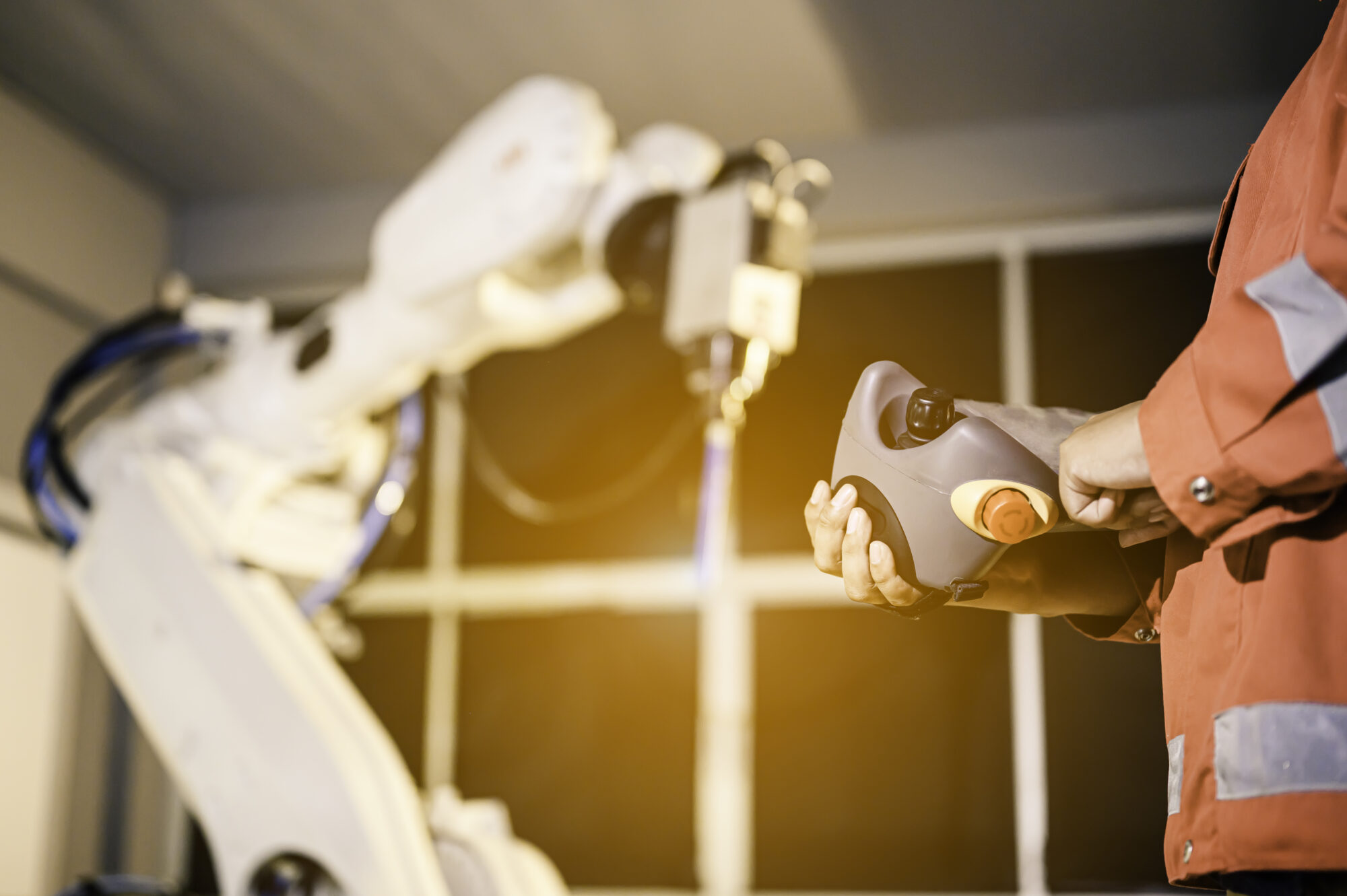Similarly like many other industrial areas, maintenance operations are witnessing a technological revolution. As you may have already suspected, one of the drivers of change is augmented reality, the technology that superimposes digital information onto the real world, enhancing our physical environment with valuable, contextually relevant data. A compelling application of AR is in the field of remote maintenance, where AR provides an interactive, real-time overlay of data to support and streamline operations. Augmented Reality Remote Maintenance (ARRM) holds enormous potential to revolutionize maintenance processes, boosting efficiency and reducing downtime.
The importance of maintenance
The importance of maintenance in times of digital transformation is crucial for companies to remain relevant, competitive, and fit for the dynamically changing market. As enterprises increasingly rely on digital technologies to drive their operations, the role of maintenance evolves from a reactive function to a strategic necessity that ensures optimal performance, longevity, and return on investment (ROI) of these digital assets.
Maintenance is crucial to ensuring the availability and reliability of digital systems and infrastructure. Any downtime or inefficiency can have a significant impact on business operations, leading to revenue loss, impaired customer service, and damaged reputation. Regular maintenance helps prevent such issues, allowing companies to reap the full benefits of their digital transformation.
As digital technologies become more complex, so do their potential issues. Preventive and predictive maintenance, powered by technologies such as AI, IoT, and AR, can identify and address these issues before malfunctions become critical problems. This not only minimizes downtime but also extends the life of the equipment, optimizes performance, and reduces the total cost of ownership.
The digital transformation often involves integrating new technologies with existing ones. Maintenance plays a key role here, ensuring that these different systems work seamlessly together, and any compatibility issues are promptly addressed. Taking into account the above factors, maintenance is a crucial enabler of successful digital transformation. It ensures that digital technologies deliver their promised benefits, safeguards against potential risks, and enhances the overall resilience and competitiveness of the company in the digital age.
The importance of augmented reality remote maintenance
Understanding ARRM begins with the general concept of remote maintenance. Traditionally, maintenance operations called for the physical presence of an expert to diagnose and resolve issues. However, with AR remote maintenance, technicians can guide on-site workers through complex maintenance procedures from afar or automate the process entirely. Using AR wearables or mobile devices, on-site staff receives real-time visual instructions or information overlays on the equipment, enabling them to execute repairs error-free and immediately.
Augmented reality remote maintenance solutions bring a multitude of benefits, making them a game-changing opportunity for businesses. It’s not a secret that modern manufacturing requires efficiency-boosting tools, and increased efficiency is among the core advantages of implementing AR remote maintenance into industrial processes. The immediate access to expert guidance and the visual display of crucial information such as schematic diagrams or troubleshooting steps help on-site technicians quickly identify and resolve problems. Consequently, the time-consuming process of trial-and-error or waiting for an expert to arrive on-site is eliminated, leading to significantly quicker resolution times.
Reduced unplanned downtime is another significant advantage of remote maintenance augmented reality. In a world where operational continuity is key, the ability to rapidly address and fix equipment issues minimizes disruptions to operations. This immediate, precise problem resolution reduces operational downtime, which, in turn, leads to cost savings and maintains a high level of service delivery.
AR remote maintenance also contributes to improved accuracy and safety. The precise, real-time visual instructions mitigate the risk of errors that might occur due to misunderstanding or lack of knowledge. Furthermore, the remote nature of augmented reality remote maintenance reduces the need for technicians to be physically present in potentially hazardous environments, enhancing worker safety. Industries like mining, energy, and oil and gas are fields where on-site safety requires particular attention and where dedicated, safe AR devices combining with industry-grade software are the most reliable ally to working professionals.

presentation to try
Nsflow in action
Lookout for the future
Looking ahead, the future of AR remote maintenance is promising. Continuous advancements in AR technology are set to enhance the functionality and usability of remote support systems. Emerging trends, such as the integration of AR with IoT and AI, will further improve real-time data analysis and predictive maintenance capabilities. Augmented reality, as a dynamically growing technology, has the potential to be a scalable and reliable ally to on-site workers, no matter the industry or location of carried out operations, bridging the geographical gap between your field technicians and remote experts.
Leveraging augmented reality technology, Nsflow facilitates real-time collaboration between remote experts and field technicians, providing visual guidance for maintenance, repairs, and training. In summary, Augmented Reality remote maintenance is poised to transform the way businesses approach maintenance operations. By enabling real-time, accurate, and safe maintenance support, AR remote maintenance promises not only to enhance operational efficiency but also to significantly reduce downtime. The remarkable benefits make it a compelling solution worth exploring for businesses striving for operational excellence in times of the digital transformation.


























